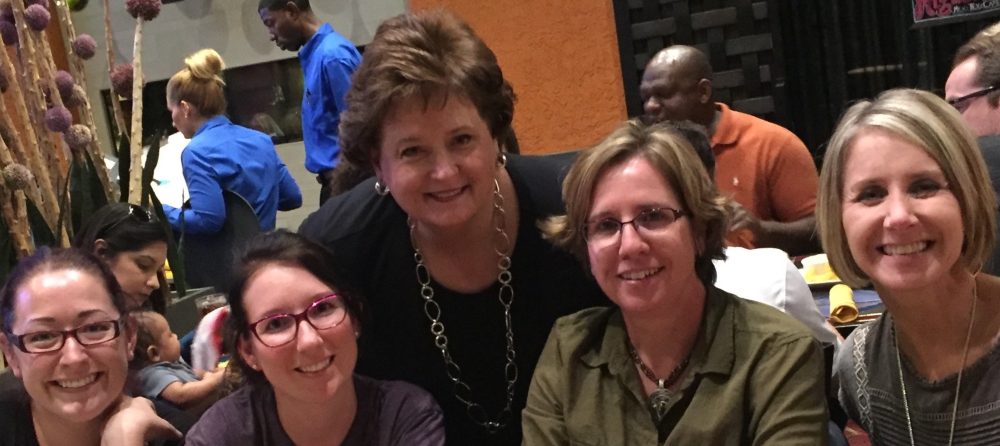 Alice in Wonderland believed in as many as six impossible things before breakfast to remind herself that possibilities surround her (Walt Disney Studios, 2010). Higher education deals with impossible things every day as well: from student persistence and accomplishment, to doing less with more, to ensuring that people receive opportunities to further their education and finally to asking people to give back to universities. As a university, we can make impossible things happen when we view our institutional priorities through a lens of giving back and establish a culture of philanthropy.
Alice in Wonderland believed in as many as six impossible things before breakfast to remind herself that possibilities surround her (Walt Disney Studios, 2010). Higher education deals with impossible things every day as well: from student persistence and accomplishment, to doing less with more, to ensuring that people receive opportunities to further their education and finally to asking people to give back to universities. As a university, we can make impossible things happen when we view our institutional priorities through a lens of giving back and establish a culture of philanthropy.
Philanthropy and fundraising unfortunately get lumped together as one and the same, but philanthropy means something much larger. The origin of the word means love of mankind (What is Philanthropy, 2015). For higher education, philanthropy as an overarching goal contains the ability to change the culture on college campuses to one of caring, giving, and ultimately giving back. Universities using philanthropy to fundraise only, lose the meaning of the concept because they focus specifically on raising funds as opposed to loving the institution holistically. If universities instill a sense of philanthropy through this holistic view, the culture of the campus stands ready to make significant progress.
To make philanthropy part of the campus culture, university leaders must share the responsibility to change the attitude of philanthropy. By initiating the love for the university and its community as an institutional priority, development programs move from fundraising to philanthropic endeavors (Daly, 2013). When development offices engage with the campus community and in particular with student life programs, alumni offices, and housing operations, the institution stands to make significant progress toward a giving culture. Donors want to give to something that stirs their passion and the best way to accomplish this starts when universities push out their vision and mission (Lara & Johnson, 2014).
Changing the focus on fundraising alone to philanthropy makes the opportunity for students to engage as philanthropists possible once they step foot on the campus. As philanthropy takes on a stronger institutional priority, students learn the importance of giving and giving back to places that helped them move toward a greater future (Pottick, Giordano & Chirico, 2015). This action primes those students to understand the importance of philanthropic work leading them to give back as alumni.
Universities already engage with friends and supporters through foundation boards but with philanthropy as an institutional priority, the board may push that message more widely within their networks causing the momentum to grow (Speck, 2010). Ultimately, establishing a culture of philanthropy begins when the campus community cares about the well-being of each other, the institution, and its future. The success of the university depends in large part on the support of time, talent, and sometimes money from its students, faculty and staff, alumni, and friends. The value in philanthropy begins when people change their mentality from simply fundraising to sharing in the success of the institution by giving back and caring about the success of the university. We are all in this together and we can make a difference. So let’s make the impossible, possible.
Yvonne Realivasquez, M.A.
Doctoral Student, Doctorate in Leadership Program, Hardin-Simmons University
Executive Director for Administration and Development, Sul Ross State University
Yvonne.Realivasquez@hsutx.edu

